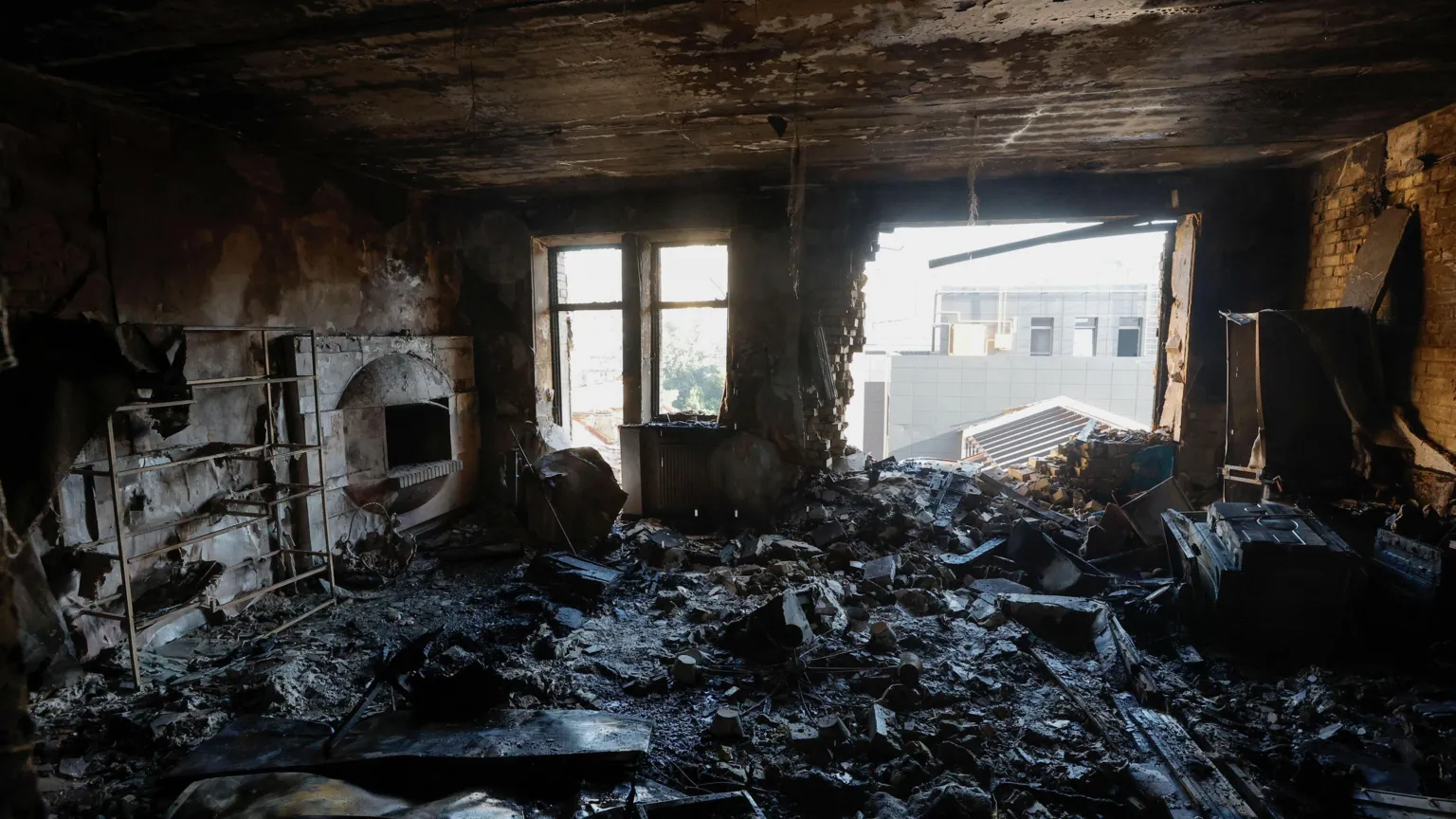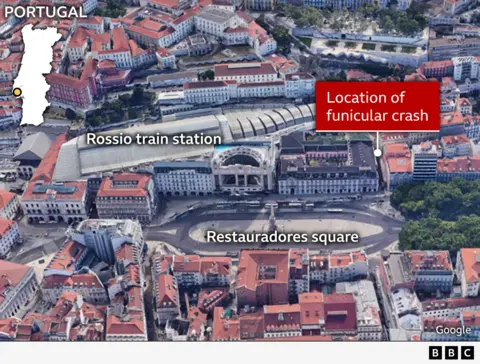Russia’s Escalating Drone Warfare: Fear and Eroding Morale in Ukraine
Russia’s Escalating Drone Warfare: Fear and Eroding Morale in Ukraine
The people of Ukraine, particularly those in Kyiv, have demonstrated remarkable resilience throughout the ongoing conflict. However, a recent intensification of Russian aerial attacks, employing vast, coordinated waves of drones and missiles, is introducing a new and deeply unsettling dimension to the war. These sustained assaults, often focusing on single cities, are not only causing physical destruction but are also beginning to wear down the nation’s morale.
The terrifying sound of incoming Shahed drones, once a novelty, has become a chillingly familiar sound across Ukraine. Residents describe a distinct, dive-bombing wail, reminiscent of historical warfare, that forces even the most steadfast civilians to seek refuge in bomb shelters, metro stations, and underground parking garages. Eyewitness accounts paint a grim picture: “The house shook like it was made of paper,” recounted one Kyiv resident after a recent heavy bombardment, describing a night spent huddled in a bathroom. Another shared, “I went to the parking for the first time. The building shook and I could see fires across the river.”
While not every attack results in fatalities, the psychological toll is undeniable. The constant threat and the sheer scale of these assaults are spreading fear and steadily eroding Ukrainian morale. The UN’s Human Rights Monitoring Mission in Ukraine (HRMMU) reports a significant increase in civilian casualties, with June marking the highest monthly total in three years. While many casualties occur near the front lines, a growing number are the result of long-range strikes on cities far removed from the active combat zones. “The surge in long-range missile and drone strikes across the country has brought even more death and destruction to civilians far away from the frontline,” stated Danielle Bell, head of HRMMU, highlighting the pervasive impact of this aerial campaign.

The Shahed drones themselves have undergone significant modifications, enhancing their capabilities. Reports indicate they can now fly at higher altitudes and descend on targets from greater distances, carrying heavier payloads of up to 90kg of explosives, a substantial increase from earlier models. Tracking data reveals complex flight paths, with drones often taking circuitous routes across Ukraine. A significant portion of these drones, sometimes up to half, are believed to be decoys, designed to overwhelm and confuse Ukraine’s air defense systems. These are complemented by ballistic and cruise missiles, which, though fewer in number, are Russia’s primary weapons for inflicting widespread damage.
Analysis of Russian strike patterns shows a marked increase in drone and missile attacks, particularly following key geopolitical events. May saw a dramatic rise in activity, with new monthly records for drone deployment being set with alarming regularity. Projections suggest that Russia may soon possess the capacity to launch over a thousand missiles and drones in a single night, a prospect that deeply concerns experts in Kyiv. “If Ukraine doesn’t find a solution for how to deal with these drones, we will face great problems during 2025,” warns former intelligence officer Ivan Stupak, emphasizing the dual nature of these attacks—targeting military objectives while also indiscriminately striking civilian infrastructure.
This reliance on sheer numbers, a strategy possibly inspired by historical military doctrines, highlights the stark resource disparity between Russia and Ukraine. “This is a war of resources,” explains Serhii Kuzan of the Ukrainian Security and Cooperation Centre. As the production of more complex missiles becomes increasingly challenging due to cost and component sourcing, Russia appears to be prioritizing the mass production of drones. The strategy is effective: the sheer volume of drones in a single swarm taxes Ukraine’s air defense units, forcing them to expend precious and limited resources, including fighter jets and air-to-air missiles, to counter the threat.
President Zelenskyy’s consistent appeals to international allies for increased air defense support underscore the urgency of the situation. While Patriot missile systems are crucial for intercepting the most dangerous ballistic threats, a broader range of air defense solutions is desperately needed. In response, allies are stepping up, with the UK recently announcing a defense agreement to supply over 5,000 air defense missiles. Kyiv will undoubtedly continue to seek such crucial support as it braces for the prolonged and resource-intensive nature of this aerial conflict.
The article “Deadly new Russian drone and missile attack hits Kyiv” provides further context on the immediate impact of these strikes, while a related piece on “Trump says Ukraine will receive more weapons after US pause on shipments” touches upon the complex geopolitical factors influencing military aid to Ukraine.



Post Comment